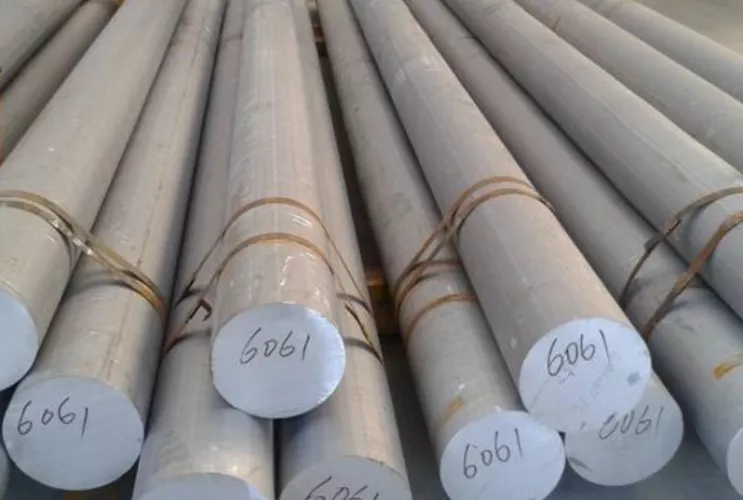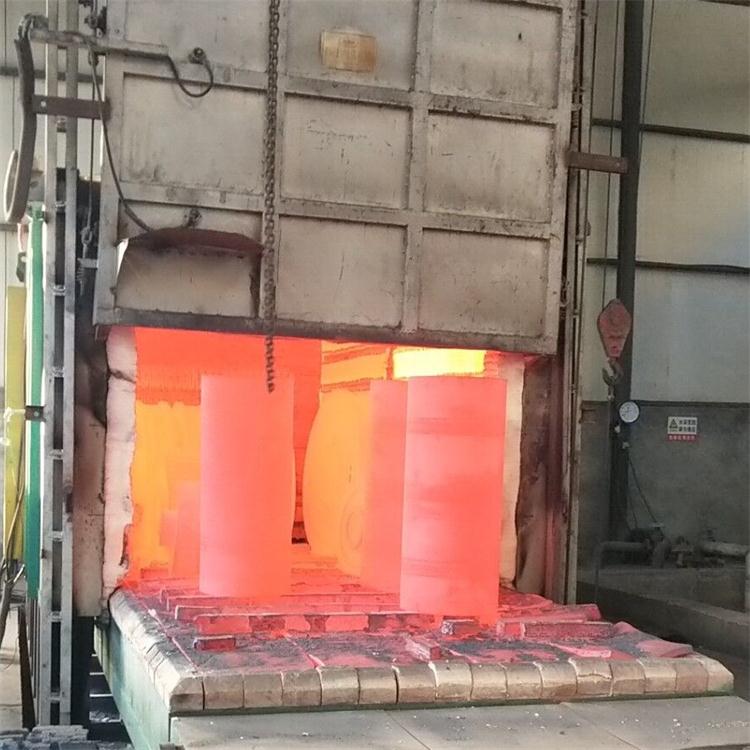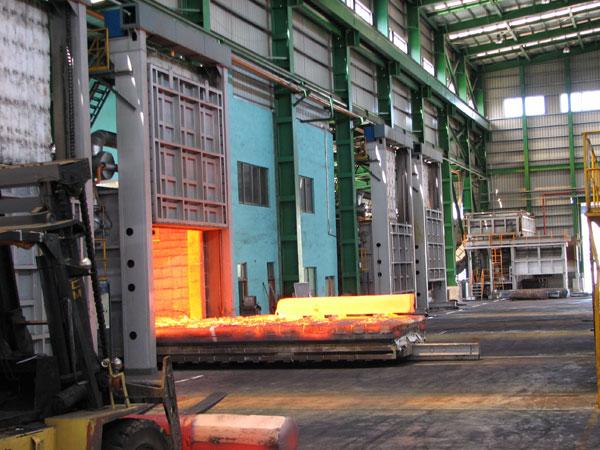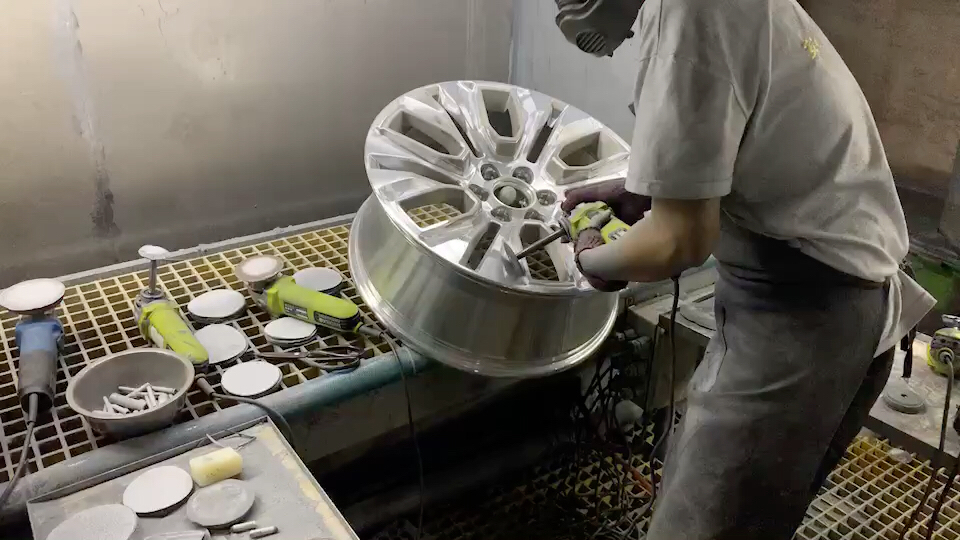The forged wheels manufacturing process and Technological Flow of Forging Wheel Hubs
- Material Preparation
The production process of forging wheel hubs requires high-quality materials such as steel or aluminum alloy. To ensure that the physical properties and chemical composition meet the standard requirements, the materials need to undergo quality inspection and control. During the material preparation stage, measurements of the material’s dimensions, chemical composition, and mechanical properties are taken to ensure that it meets the design and manufacturing requirements. -

6061 T6 aluminium
Preparatory Heat Treatment
Before forging the wheel hubs, a preparatory heat treatment is conducted. Preparatory heat treatment involves a series of heating and cooling processes applied to the material before forging. This is done to alter its crystal structure and physical properties, enhancing its plasticity and toughness, and preparing it for the subsequent forming process.
Preparatory Heat Treatment of forged wheels
- Hot Forging
Hot forging is the core process in the production of forging wheel hubs. It involves shaping the material, which has undergone preparatory heat treatment, into the desired form through forging under high temperatures. This process requires the use of forging equipment and molds. Depending on the shape, material, size, and quantity of the wheel hubs, different forging equipment and molds are selected for processing.
Hot Forging of forged wheels
- Finishing Processing
After hot forging, the forged wheel hubs undergo finishing processing. The purpose of finishing processing is to refine the surface, remove burrs and scale formed during the forging process, and ensure that the quality and surface smoothness of the wheel hubs meet the standard requirements.
Finishing Processing of forged wheels
- Heat Treatment
Heat treatment is a method used to process and modify materials by elevating their temperature to achieve specific microstructures and chemical compositions, thereby improving their physical properties and chemical stability. In the production process of forging wheel hubs, different heat treatment methods and processes are selected based on factors such as the shape, material, and application environment of the wheel hubs.
oil painting of forged wheels
- Inspection
Quality inspection is carried out during the production process of forging wheel hubs. The purpose of quality inspection is to ensure that the process quality and performance of the forging wheel hubs meet the relevant specifications and standards, allowing them to be used in industries such as automotive, aviation, and construction machinery. Generally, the inspection of forging wheel hubs includes visual inspection, dimensional measurement, material inspection, mechanical performance testing, metallographic analysis, and non-destructive testing.
[Conclusion]
Through this introduction, it is expected that readers have gained a deeper understanding of the production process and technological flow of forging wheel hubs. As a critical component in industries such as automotive, aviation, and machinery, the quality and performance of forging wheel hubs directly impact the overall equipment performance and safety. Therefore, strict adherence to standard procedures and quality requirements is necessary during the production of forging wheel hubs.
